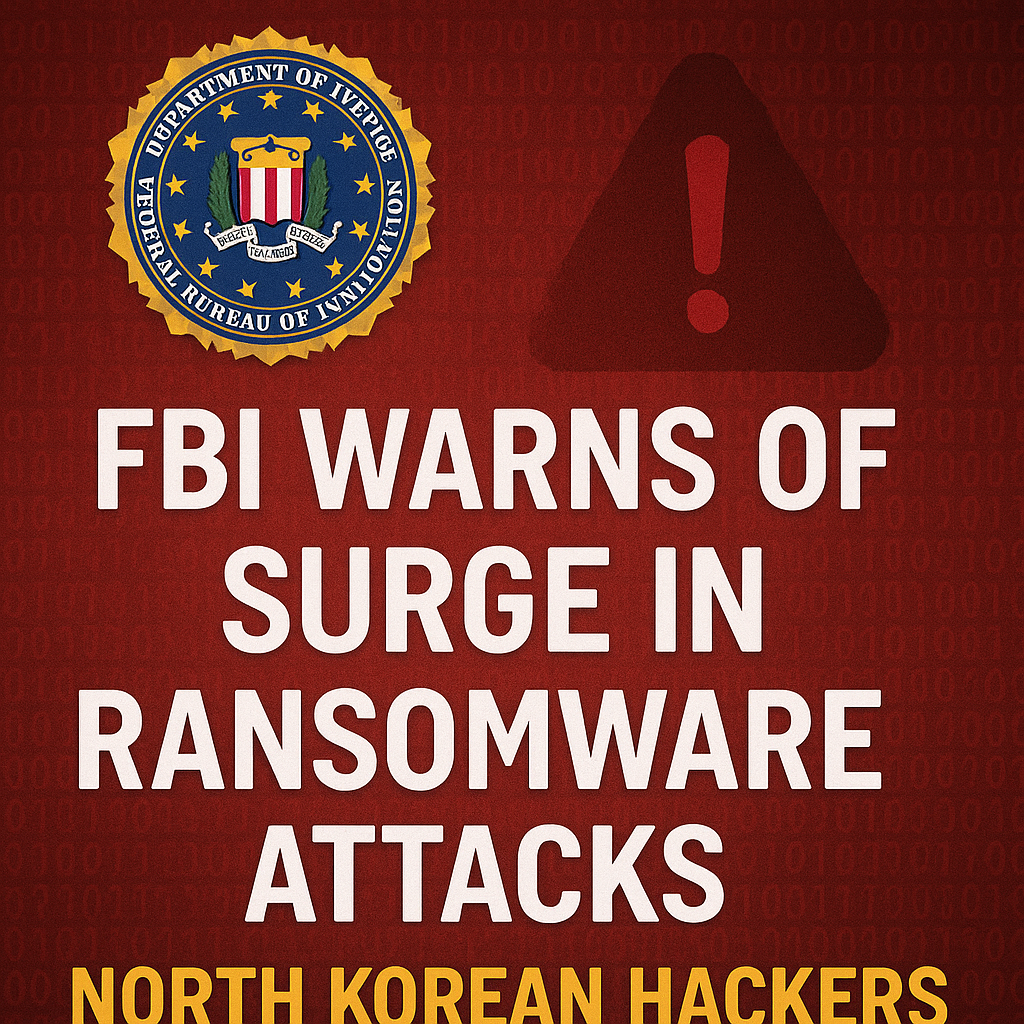In an age where tapping your phone to pay is second nature, cybercriminals are finding clever ways to exploit our trust in contactless payments. A recent trend in fraud involves hackers concealing malicious NFC (Near Field Communication) card readers also called “NFC carders” behind legitimate-looking Apple Pay terminals.
Here’s how it works: attackers sneak rogue NFC readers into places you’d expect to find real Apple Pay points – cafe, retail counters, or even public kiosks. These devices are designed to capture credit card data or initiate fraudulent charges when an unsuspecting user taps their phone, believing they’re completing a secure Apple Pay transaction.
These fake terminals may even mimic the look and feel of Apple Pay interfaces, adding to the deception. And since Apple Pay transactions are usually encrypted and tokenized, many users don’t suspect anything is wrong-until suspicious charges show up on their bank statements.
How to Stay Safe:
- Look twice before you tap. If something feels off about the payment terminal-like exposed wires, odd placement, or slow response-don’t use it.
- Use Face ID or Touch ID. Apple Pay requires biometric confirmation for each transaction. If a payment goes through without your approval, something’s wrong.
- Monitor your accounts regularly. Even with secure systems, staying vigilant is your best defense.
While Apple Pay itself remains a secure platform, the environment around it is being targeted. So next time you tap to pay, make sure it’s the real deal-not a hacker hiding behind a familiar screen.



